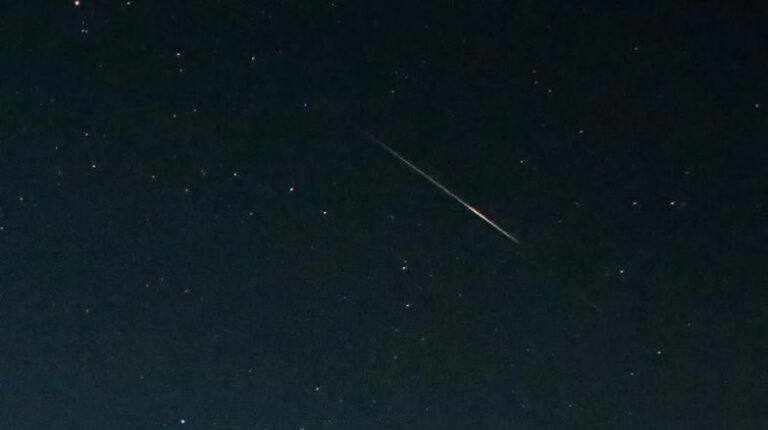The Geminid meteor shower is normally the most active meteor shower of the year, boasting 100 to 150 meteors per hour.
A gibbous moon will contest with the shower, which may reduce visibility to 30 to 40 meteors per hour. The moon is expected to set around 2 a.m. local time.
This is one of the few showers that are active in the evening, so it’s great for young stargazers. The best viewing, however, will be after midnight.
The shower, comprised of debris coming from Asteroid 3200 Phaethon, is known both for its quantity and the bright, multi-colored meteors it produces.
The Geminids are named after Gemini, as they appear to originate from the constellation. Yet no need to know where Gemini is — meteors will be visible across the sky.
Meteor showers experienced on Earth are actually sand-grain-sized particles shed from comets, said Andrew Fazekas, the “Night Sky Guy” and science columnist with National Geographic. Each year, Earth slams into the particles “like clockwork,” creating these annual celestial shows.
“Those individual little streaks of light that you see during a meteor shower, it’s a tiny thing that’s burning up in the upper atmosphere. We’re talking about 60 to 80 miles above our heads [where] all the action is happening,” he said.
source abc7.com
also read
New Zealand man received up to 10 Covid-19 vaccines
Ask me anything
Explore related questions





